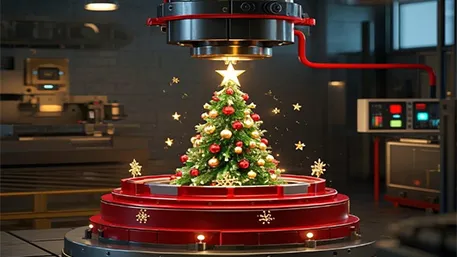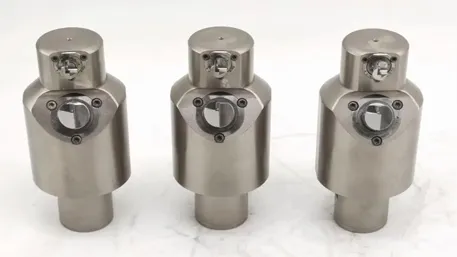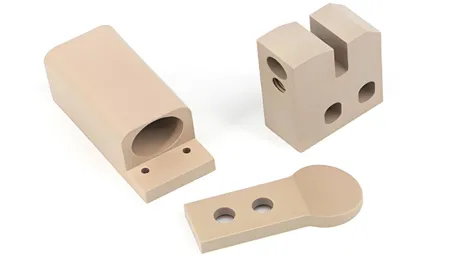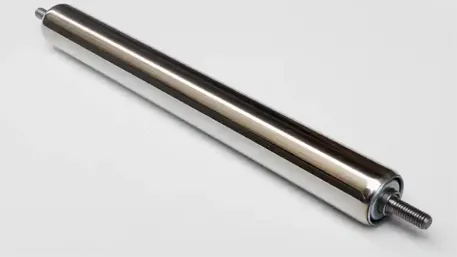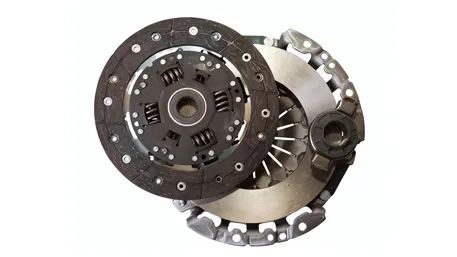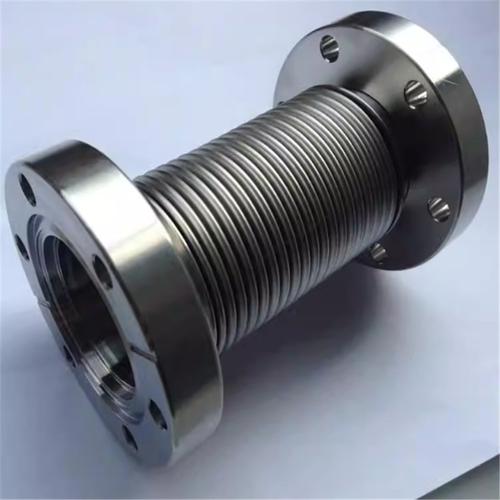With the increasingly stringent requirements for the structural complexity and comprehensive performance of components in high-end equipment manufacturing, custom special-shaped zinc-aluminum alloy high-pressure castings, with their unique material properties and advanced molding processes, have become a key choice to meet diverse needs. This article will deeply analyze professional solutions for custom special-shaped zinc-aluminum alloy high-pressure castings, focusing on technical processes, material advantages, quality control, and typical applications.
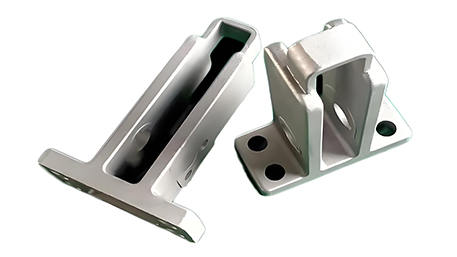
- Dynamic Matching of Pressure and Speed: Using 1,500 – 5,000-ton intelligent servo die casting equipment, the injection pressure can be dynamically adjusted within the range of 12 – 160 MPa according to the complex structure of special-shaped castings. The filling speed of aluminum alloy liquid reaches 10 – 45 m/s, and that of zinc alloy liquid is controlled at 8 – 35 m/s. This ensures that the molten metal fills the complex cavity quickly and evenly, achieving precision molding with a minimum wall thickness of 0.6 mm to meet the lightweight design requirements of special-shaped structures.
- Precise Coordinated Temperature Control: The precision of the mold temperature control system reaches ±1.5°C, and the fluctuation of the zinc-aluminum alloy melting temperature is strictly controlled within ±3°C. Distributed temperature sensors are used to monitor the temperature of key parts of the mold in real-time, and an intelligent algorithm automatically adjusts the cooling and heating systems. This effectively avoids defects such as cold shuts and shrinkage porosity caused by uneven temperature, and the qualified rate of finished products remains stable at over 98%.
- Ultimate Assurance of Dimensional Accuracy: Strictly following the GB/T 6414 – 1999 standard, general dimensional tolerances are controlled at CT4 – CT6 levels (e.g., ±0.4 mm for a 150-mm dimension). For the key dimensions and complex curved surfaces of special-shaped castings, high-precision five-axis (five-axis simultaneous) machining molds and advanced online detection technologies are utilized to achieve CT3-level high precision (±0.2 mm), ensuring precise assembly with other components.
- Upgrades in Material and Structure Strengthening: German-imported high-performance hot work die steel (such as GS-2344, hardness 52 – 56 HRC) is selected and combined with composite coating technology (such as a double-layer TiAlN + DLC coating with a total thickness of 3 – 5 μm). This increases the mold’s thermal fatigue resistance by 80% and extends its service life to over 1.2 million cycles. Meanwhile, for the complex structures of special-shaped castings, a split mold structure design and conformal cooling channels are adopted, improving the cooling efficiency by 50% and significantly shortening the production cycle.
- Digital Design and Manufacturing Collaboration: Professional software such as Creo and Moldflow is used for full-process digital design. Reverse engineering technology is applied to accurately model the complex curved surfaces of special-shaped castings. Combined with mold flow analysis, the layout of gates and runners is optimized (gate position error controlled within ≤0.15 mm), reducing the pressure loss in the runner system to 8%. This reduces material waste and improves the molding quality and production efficiency.
- High-strength and High-toughness Alloy: By adjusting the proportions of elements such as aluminum, copper, and magnesium in the zinc-aluminum alloy, combined with special modification treatment and aging strengthening processes, the tensile strength of ZA27 zinc-aluminum alloy is increased to 480 MPa, and the impact toughness is improved by 30%. It is suitable for special-shaped mechanical structural components that bear high loads and complex stresses, such as joint connectors of industrial robots.
- High-thermal-conductivity and Wear-resistant Alloy: Trace rare earth elements and wear-resistant particles are added to the AlZn12 zinc-aluminum alloy, increasing the thermal conductivity to 180 W/(m·K) and improving the wear resistance by 50%. It can be used to manufacture special-shaped heat dissipation components of electronic devices with high requirements for heat dissipation and wear resistance.
- Material Testing: Direct-reading spectrometers (accuracy 0.01%) are used for precise analysis of the zinc-aluminum alloy composition, strictly controlling the content of alloy elements and the proportion of impurities. Hydrogen-oxygen analyzers and density testers are employed to ensure that the hydrogen content in aluminum liquid is ≤0.1 ml/100 g and the density deviation of zinc liquid is within ±0.02 g/cm³, eliminating defects such as porosity and looseness from the source.
- Dimensional and Geometric Tolerance Inspection: Coordinate Measuring Machines (accuracy ±0.004 mm) and optical scanners (accuracy ±0.01 mm) are used to conduct full-size scanning inspections of special-shaped castings. 100% inspection is carried out for complex curved surfaces and key dimensions, and non-key dimensions follow the AQL = 0.4 sampling standard in GB/T 2828.1 to ensure that the dimensional accuracy and geometric tolerances of castings meet the design requirements.
- Internal Defect and Performance Testing: Equipped with high-resolution X-ray flaw detectors (resolution ≤0.1 mm), industrial CT inspection equipment, and ultrasonic flaw detectors, comprehensive inspections are carried out on the interior of castings to ensure there are no defects such as shrinkage cavities and inclusions. Mechanical property tests such as tensile, bending, and fatigue tests, as well as environmental performance tests such as salt spray and high-temperature aging tests, are conducted on castings to ensure that product performance meets the actual use requirements.
- Case Study: A customized special-shaped wing connector for a new-type unmanned aerial vehicle (UAV), high-pressure die cast from AlZn12 zinc-aluminum alloy. The connector has a complex structure with multiple curved surfaces and hollow structures. The weight of a single piece is only 0.8 kg, which is 40% lighter than that of traditional processing methods. The dimensional accuracy reaches ±0.15 mm, and the surface roughness Ra ≤ 0.8 μm.
- Technical Highlights: Vacuum die casting technology is combined with local extrusion molding process to control the internal porosity of the casting below 0.1%. Through solution aging treatment, the tensile strength of the connector reaches 380 MPa, and the fatigue life is increased by 50%, meeting the reliability requirements of the UAV under complex flight conditions.
- Requirement: Develop a special-shaped front grille decorative part for automobiles with a unique shape, requiring an exquisite appearance, high-grade texture, and good corrosion resistance.
- Solution: ZA8 zinc-aluminum alloy is selected and manufactured by high-pressure die casting combined with precision polishing and vacuum coating processes. By optimizing the mold design and die casting process parameters, precise molding of the complex patterns and fine lines of the decorative part is achieved. The surface is subjected to multi-layer vacuum coating treatment (nickel plating + chrome plating, total thickness 15 μm), which passes a 1,000-hour salt spray test without corrosion and has an excellent mirror effect, enhancing the appearance quality of the automobile.
- Requirement Docking: Respond to customer needs within 12 hours. Through in-depth communication between the professional technical team and customers, details such as the usage scenarios, performance indicators, and appearance requirements of special-shaped castings are thoroughly understood. 3D modeling technology is used to quickly create concept models, and a professional DFM (Design for Manufacturability) report is provided to clarify mold costs and production cycles.
- Mold Development: The standard mold development cycle is 6 – 9 weeks. CAD/CAE/CAM collaborative design and manufacturing are adopted, and 3D printing technology is used to produce mold prototypes for verification and optimization. The first-piece confirmation time is ≤72 hours.
- Production and Manufacturing: Support small-batch trial production (minimum order quantity 100 pieces). The mass production capacity can reach 150 – 400 pieces per day (depending on product size), equipped with automated die casting production lines, intelligent detection equipment, and digital management systems to monitor the production process in real-time and ensure stable product quality.

